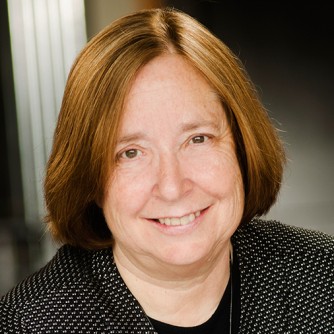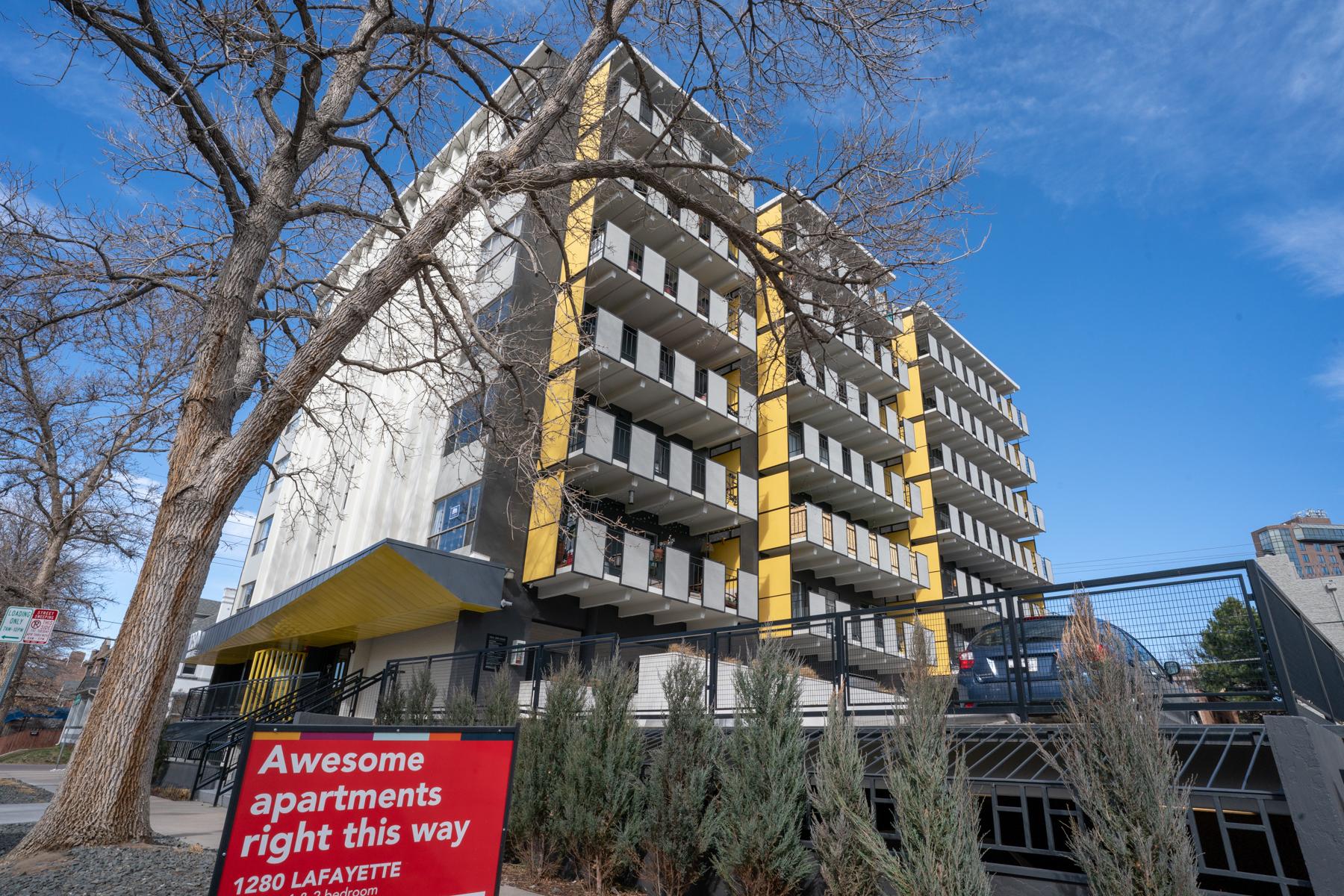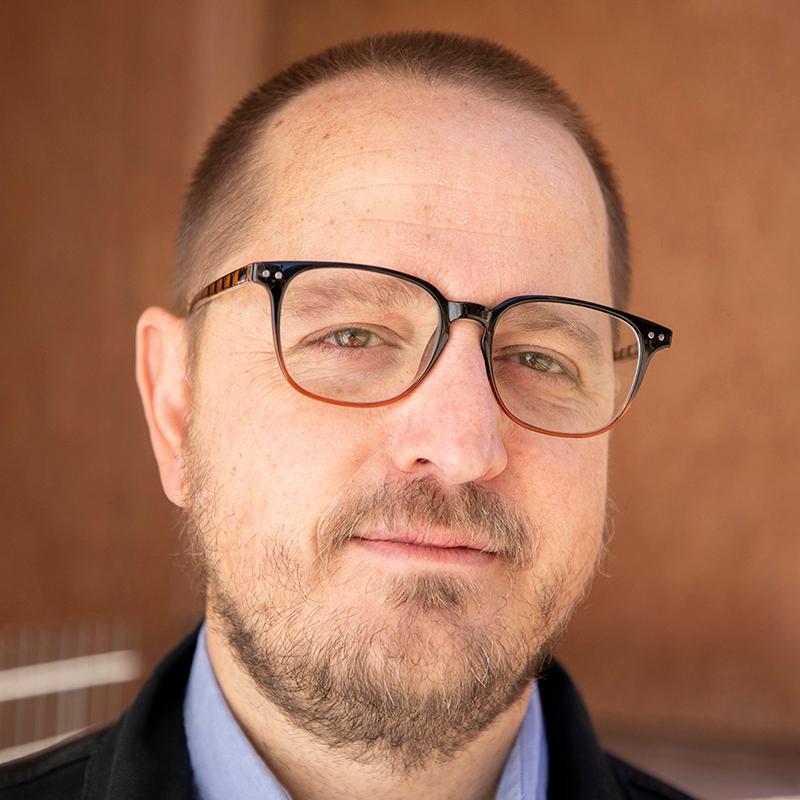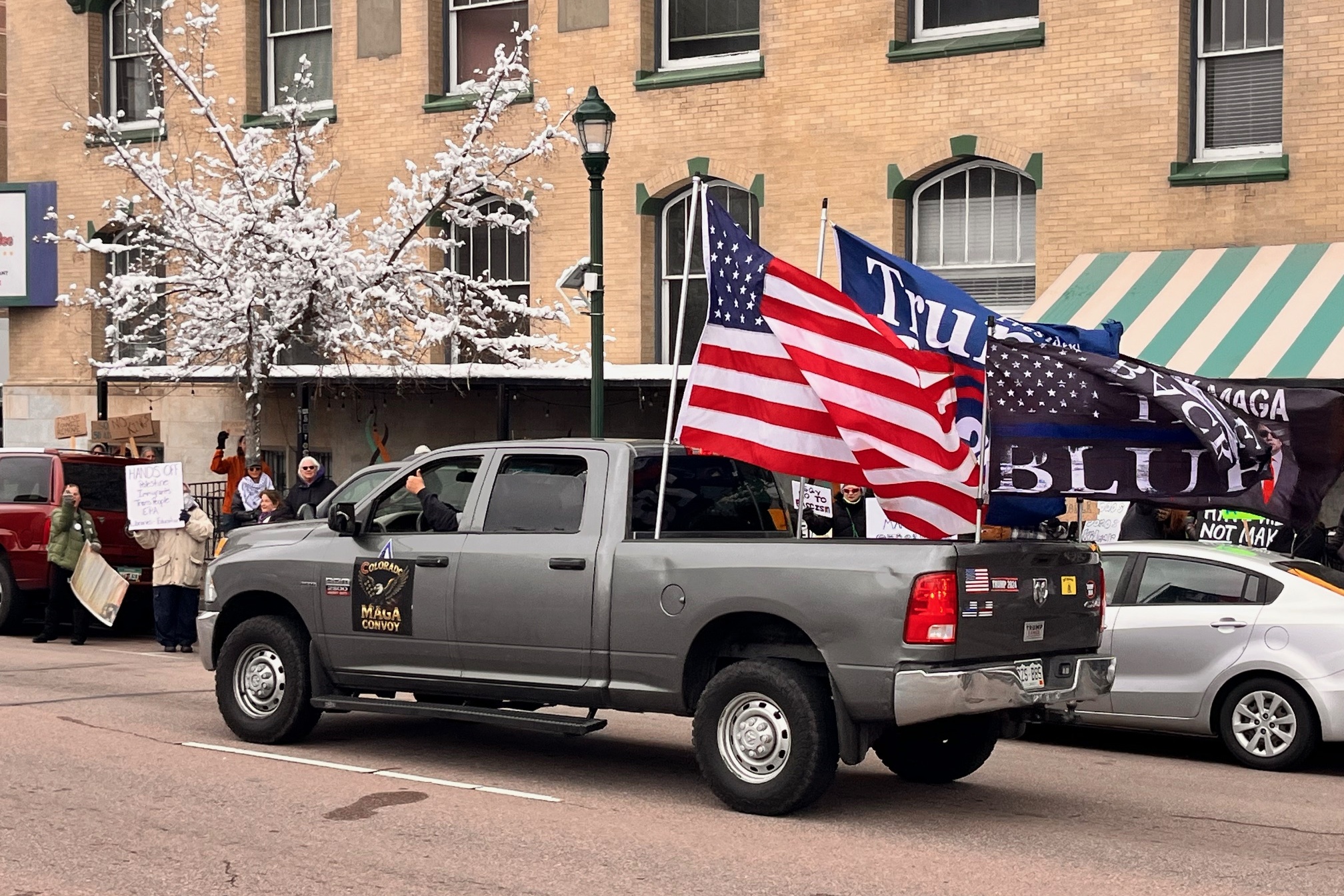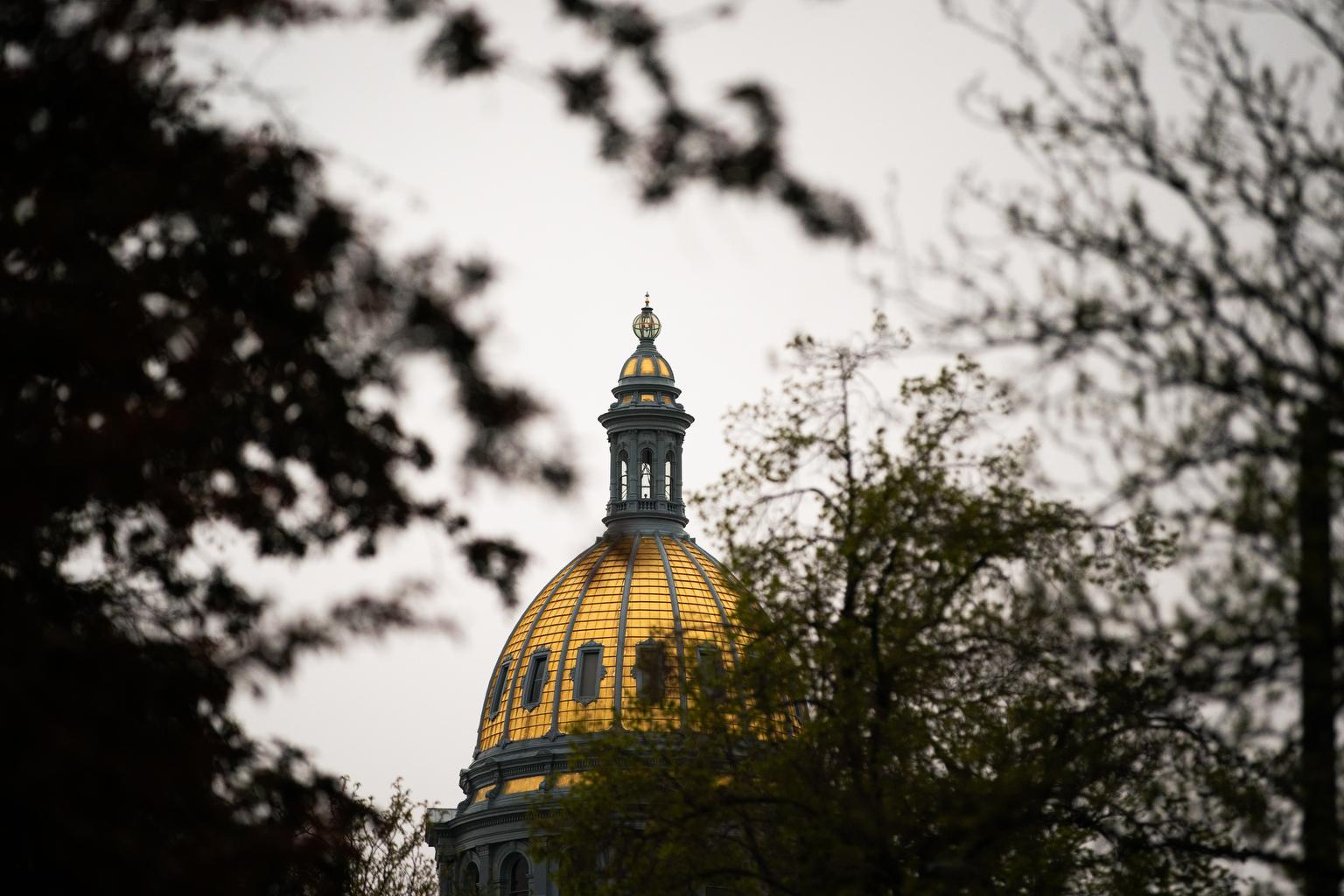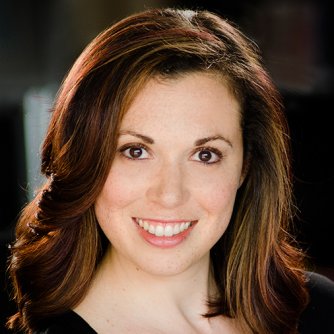
Editor's note: This story originally aired January 3, 2017.
The last presidential campaign was the angriest in memory, and the nation remains divided. How to heal the wounds and make the nation's political process work again? Boulder author Mark Gerzon, a professional mediator, has spent his career working political organizations, including the U.S. Congress, foreign governments and community groups, to help people resolve disputes.
Gerzon says the nation's current divisions stem not just from rhetoric but from the way the system is structured -- districts are gerrymandered to protect incumbents and their parties, expensive campaigns are funded by outside interests and closed primary elections usually allow the party establishment to prevail.
Gerzon maintains that the current structure benefits the political hierarchy, and that change will have to come from the ground up, and from people willing to listen carefully to each other and find common ground.
Gerzon is president of the Mediators Foundation. His book is "The Reunited States of America: How We Can Bridge The Partisan Divide." He spoke with Colorado Matters host Ryan Warner.
Read an excerpt from "The Reunited States of America"
PREFACEWALKING BRISKLY THROUGH the room filled with almost one hundred people at small tables, I heard fragments of conversations as each of them explained why he or she had decided to attend our event. But when a young woman said that she was a national security analyst, I stopped. Since our event was about the growing partisan divide in America, I was particularly curious to learn more about why someone focused on foreign policy was here. “My job is about studying threats from abroad,” the young woman said. “But I’m here tonight because we Americans don’t seem to be able to work together anymore. I am afraid that the biggest threat we face is from within.” Although I moved on, I couldn’t get the national security analyst’s comment out of my mind. As I listened to others share what had motivated them to attend our workshop about bridging the partisan divides, I realized that her comment summed up why I wrote this book—and why I hope you will read it. We want to feel safe in our country. We want to have confidence in our future. We want to learn how to deal more constructively with the differences that are splitting us apart. We want our leaders to work together to solve problems and strengthen our country. But even candidates themselves, both left and right, say the system is broken. Washington is in gridlock. Politics is paralyzed. The pages that follow don’t just explain how and why we have stumbled into a political gutter of attack and demonization. They shine a spotlight on heroes who are developing the tools, ways of thinking, and organizations we will need to reunite our country and rescue the American dream. To reunite our country, we need to look beyond the two stories that dominate political discourse:
With deep respect for both of these perspectives, I firmly disagree. Neither of these stories reunites and strengthens America. On the contrary—both of these stories ultimately divide and weaken us. Tragically, these two competing, paralyzing narratives (and the two parties that claim to represent them) consume almost all of the oxygen in the public square. Whatever the issue may be, the two competing armies polarize around it, even if that results in pitting neighbor against neighbor, employers against employees, family members against family members. They may be making all the noise, but they are clearly not doing their job: only three out of ten Americans actually feel represented in Washington. Fortunately, from the very roots of our culture, another narrative is emerging that appeals particularly to the other seven out of ten: Story #3: Americans can work together with people different from ourselves to fi nd common ground that can strengthen the country that we all love. In the following pages, you will encounter more than forty individuals and organizations that prove that Story #3 is based in fact. It is a story about reuniting America. We not only can work together—we already are. We Americans are solving problems and achieving positive results not despite but because of our differences. Many of our fellow citizens are living evidence of this third story. They are putting country before party. They are drawing the outlines of a new political map that connects us rather than divides us. They are forming networks and organizations that are building bridges rather than walls. They are bridging the partisan divide— in living rooms and in communities, in state legislatures and on Capitol Hill. Story #3 does not mean agreeing on everything. Nor does it mean being “nice” or being “moderate” or “splitting the difference.” On the contrary, it may mean fi ghting for what one believes in—but respecting one’s adversary for doing the same. It means knowing the difference between an issue on which you are willing to listen and learn, and one where you believe you are not. Above all, it means disagreeing strongly without ever forgetting that “they” probably love America just as much as “we” do. The truth is, 70 to 90 of us say that we are “very patriotic.”2 That means almost all of us claim to love our country deeply. If we love our family, we want it to stay connected. Similarly, if we love America, we naturally want our country to be able to work through its deep and genuine differences and remain united. This book is part of a campaign—not a Republican or Democratic campaign, but an American campaign; not a campaign for offi ce, but a campaign for our country. It is about the people, some of whom are our neighbors, who are drawing a new political map that connects rather than divides us. It is about our fellow citizens who are already reuniting America— in living rooms and in communities, in state legislatures and on Capitol Hill. These are, in my view, today’s real American heroes. But let’s be clear from the outset: this book is not addressed only to the “middle” of the so-called political spectrum. It is for citizens who consider themselves on the “left” or the “right” as well. Note to conservative readers Do you want to defend values and principles that you cherish and that you feel are being trampled upon? If so, you will be a more effective advocate for your values if you know how to connect with and enlist the rest of the political spectrum. Reading this book will give you some new tools for promoting your beliefs, particularly with those who (you think) do not share them. Note to liberal readers You believe that you are on the right side of history and that you are championing all the noblest causes. It frustrates you when “right-wingers,” whether in Congress or in your community, get in the way of what you call “progress.” Reading this book will provide you with practical strategies for reaching out to conservatives in ways that will attract more support. Note to “I’m-not-political” readers If you don’t care about politics or are downright turned off by it, and think your vote doesn’t matter, I respect your feelings. But the solution is not to withdraw. The solution is to find another way to express yourself authentically. Reading this book will put you directly in touch with scores of citizens who, like you, don’t want to play by the old rules and who are finding more meaningful ways of engaging. Wherever you place yourself on—or off—the political spectrum, learning how to work with fellow citizens who have different views and values will give you new and better choices for how to be engaged in politics. You will be a more effective conservative, liberal, or whatever if you know how others different from you think and feel and how to reach them. The great orator and patriot from Virginia, Patrick Henry, called on his fellow citizens to pledge allegiance not just to the former colony in which they lived but also to the union of states that was being born. “I am not a Virginian, but an American,” he said two hundred years ago. But what does that mean today? Just as his loyalty to America transcended his loyalty to his state, how do we rise above our loyalty to our ideology or party? Does it serve my country if I just take a side? What makes us think we are patriotic if we turn against our fellow citizens who don’t share our views? How do we love our country and still honor our own beliefs? In the following pages, you will meet scores of Americans who are dedicating their lives, fortunes, and sacred honor to answering these questions. They have increased my ability to deal with the complex, polarized political culture in which we live. They have also inspired and renewed my faith in our country: the Reunited States of America. May they do the same for you. Mark Gerzon |
